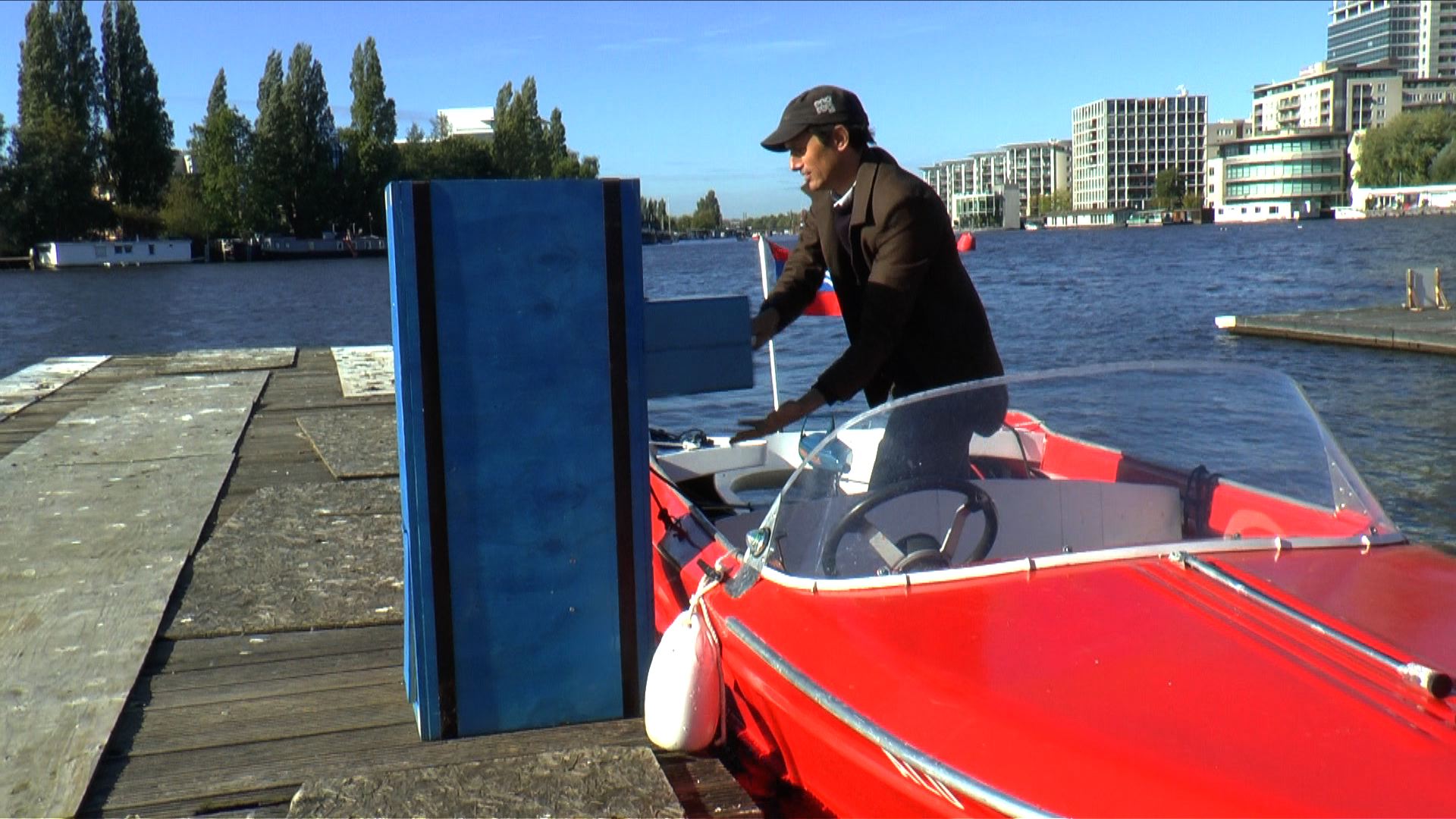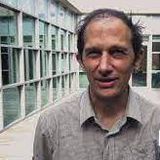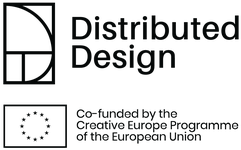Cities are potential engines of the transition towards a circular economy. The City of Amsterdam is one of the early adopters of the circular economy concept at city level. Closed loops, value generation, innovative business models, and modular designs – those are not only principles to guide the transition to circular cities, but also principles distributed designers have been working with for years. In our series Distributed Design for Circular Cities, we introduce you to some of the creative talents making an impact. In this episode, we interview Pablo Pinkus on his initiative Elektrisch Varen.
Can you give us a description of your project?
With our foundation Elektrisch Varen and Battmen ltd we develop an infrastructure of battery charge and swap stations for small electric vessels. The users of the electric vessels are part of a network borrowing and using batteries from a shared pool. We designed the lightweight, portable and swappable batteries, console, and relay station at the Amsterdam University of Applied Sciences (HvA). At the relay station, everybody can change the empty battery for a full one, using only one hand.

We are now focussed on Amsterdam, because of the infrastructure of waterways, an existing fleet of electric vessels, and a political willingness to invest. But the system is super scalable and could be used anywhere.
In what way is your work contributing to circular cities?
The battery and its infrastructure components are manufactured, distributed, re-used, and recycled in a closed circuit. This way they can be reused very efficiently. These are high-performance batteries that can be given a new life when they can’t be used in the electric vessels anymore, for example in a battery bank for solar panels. Right now, the owners of electric vessels often buy lead batteries that are cheaper per kilowatt-hour, but don’t last as long. This is logical because they don’t use their boats so often, but it’s not a good development. By pooling the batteries, we can make more circular choices.
What drives you personally to work on this project?
I love working with people from different backgrounds. I am a creative, but I worked together with technical people at the HvA and experienced a very open attitude from them. It is great to experience recognition from people with different backgrounds – engineers, entrepreneurs, officials, etc. It was a great personal relief to be able to unify my creativity with my technical, environmental, and socio-economical aspirations.
How might we design the transition from a linear to a circular system?
It is important to realise that circularity can only be achieved by approximation. We should try to sustain our livelihoods and that of the living planet by completely discontinuing the burning of materials and by trying to recycle as many of the resources we need as possible. The ecological problems we encounter are becoming more and more global. We should locally try to close loops but also increase our efforts to find global, geopolitical solutions.
What is your biggest hope for the future?
I hope that the living conditions on the planet stay stable enough to be able to adapt to climate change. I hope we start taking in people that flee their own homes. I hope we’ll improve our infrastructure, for accessibility to energy, water, and education. I also hope that my children will pursuit working and fighting for an inclusive, diverse, and more equal society and for future generations.
—
Distributed Design for Circular Cities is part of our programme for Distributed Design, the exchange and networking hub for the European maker movement. Want to know more about Distributed Design for Circular Cities? Check all the Creative Talent interviews and mark Thursday, October 14 from 18.00-19.00 in your calendars for our event and livecast in Pakhuis de Zwijger.











